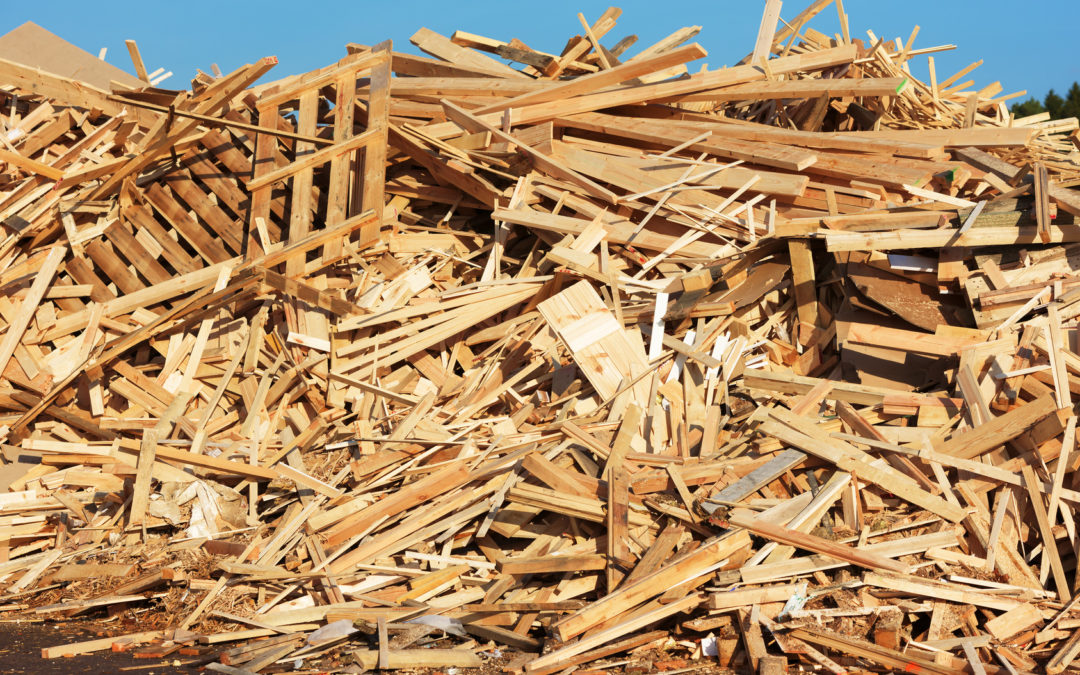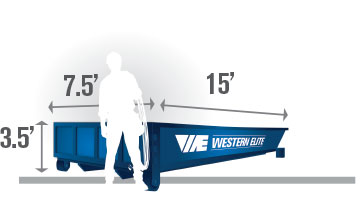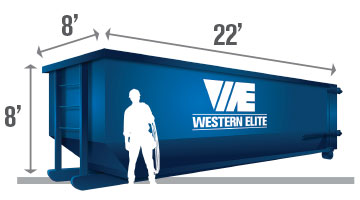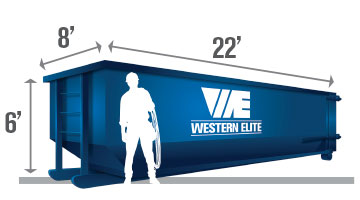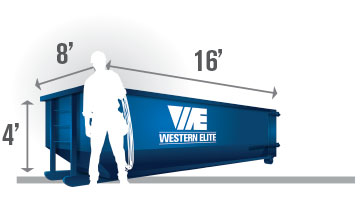You may remember from our first blog post about construction and demolition (C&D) materials that it’s possible to reuse and recycle a variety of C&D materials, including rigid plastics, concrete, rock, masonry, tile, porcelain, metals, lumber, carpet, and insulation. Once these recyclable materials are removed from the waste stream and sorted, they are distributed to the appropriate recyclers for further processing. In part two of a two-part series, here is a more in-depth look at how some of these materials are processed for reuse and recycling.
Porcelain
Scrap porcelain can be finely crushed in a crushing machine and then sold to porcelain tile manufacturers, who will use the crushed porcelain once again in their manufacturing processes. Tile manufacturers can use anywhere from 2 to 40 percent of recycled post manufacturing scrap for their new products, depending on the type of tile being produced.
Metals
Metal is a commonly recycled C&D material. In fact, steel in particular is one of the world’s most commonly recycled materials, with two of every three tons of steel being recycled material. Steel does not degrade during recycling, and therefore it can be recycled and reused endlessly. Recycling steel involves simply melting the steel and recasting it into new products.
Lumber
Did you know that wood waste is the second largest component of C&D waste, after concrete? Wood scraps from construction sites can be reused in a variety of ways. It is often ground or chopped up and then reused in manufacturing particle board, strand board, and presswood pallets. Ground or chopped lumber may also be used as mulch, bedding material, boiler fuel, or pellets.
Carpet
Carpet is recycled at unique carpet processing facilities. The carpet is first sorted by type and baled, after which it is typically sent off to another facility for further processing. The baled carpet is then cut into smaller pieces, de-looped, sanitized, re-weaved, re-needled, and “baked” into carpet underlay felt pads, which can then be used for installing carpet commercially.
Insulation
Insulation itself is often made from recycled materials (such as old newspaper), but it can be difficult to recycle once it has been used. Still, glass and stone wool batt insulation can be incorporated into concrete blocks or fiberglass board for reuse. Additionally, insulation may be recycled and used to manufacture fiberglass ceiling tiles.

